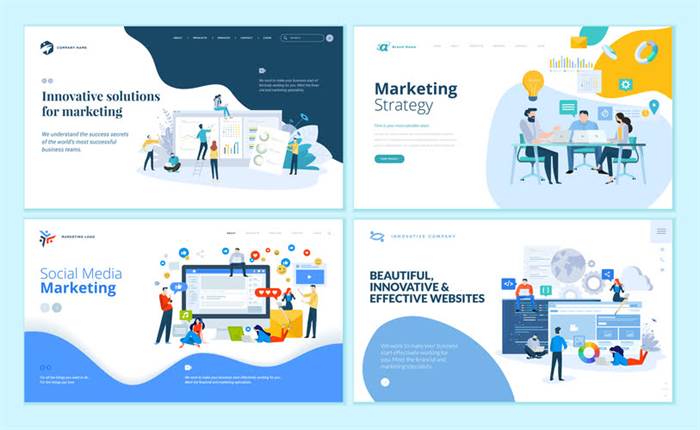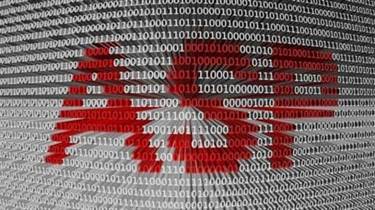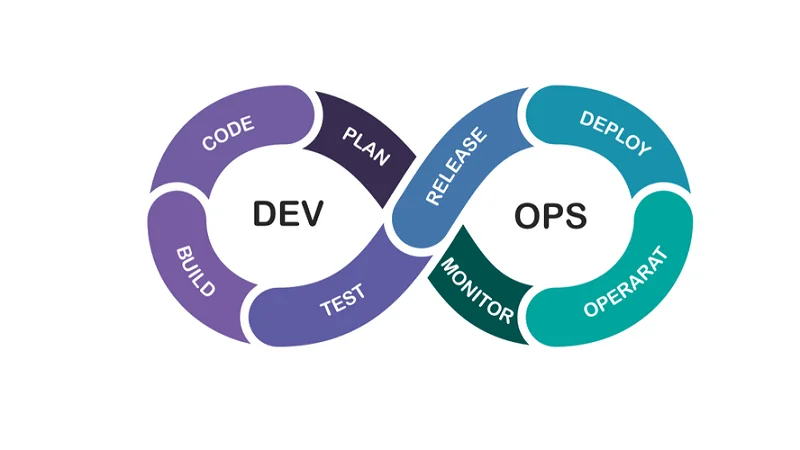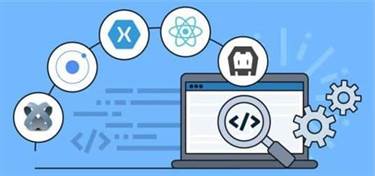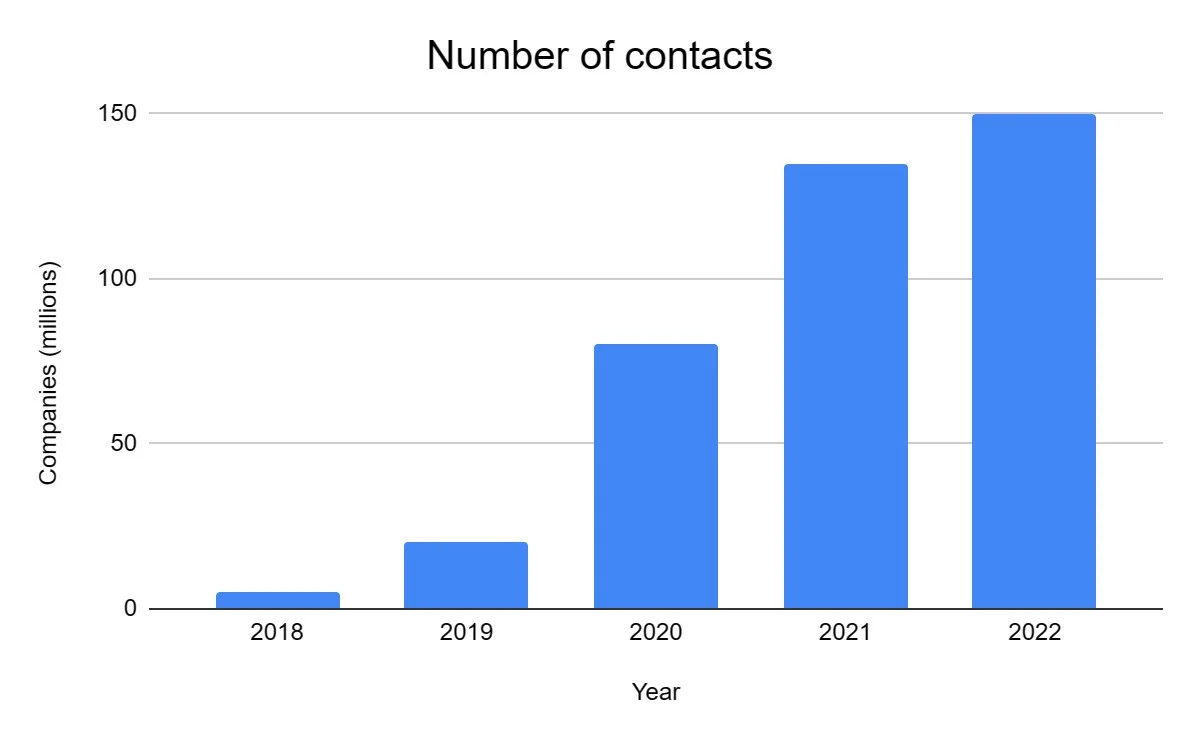First a tool for running a blog, WordPress shortly grew to be an extensive content administration system (CMS) able to handle a variety of web sites. WordPress began in 2003 when Mike Little and Matt Mullenweg forked a little-known blogging tool often identified as B2/cafelog. Little and Mullenweg sought to create a greater running a blog platform, constructed on the unique B2 code base, but with extra strong features and extra constant growth. The potentialities are endless in relation to customizing a WordPress web site. WordPress themes and plugins can add new design options and added performance.

Your pages are constructed by arranging and customizing sections, columns, and the assorted widgets within them. This structured strategy keeps your designs organized and straightforward to handle. As you start constructing your website, we’ll guide you thru adjusting specific settings as wanted. This part presents various utilities, similar to importing data from different platforms, exporting your WordPress data, and managing your site’s well being. WordPress is open-source, which means it’s free to use and modify and built by a worldwide group of volunteers.
Tips On How To Create A Sticky Header Menu Or Navbar In WordPress
As luck would have it, WordPress has multiple themes and widgets to deliver type and persona to your pages. Well-designed pages will be a magnet for your readers and create interest in your content. Today, the probabilities of making money with WordPress range from working an online store to building web sites for shoppers to WordPress consulting.

WordPress started in 2003 when Mike Little and Matt Mullenweg created a fork of b2/cafelog. The need for an elegant, well-architected private publishing system was clear even then. Today, WordPress is constructed on PHP and MySQL, and licensed underneath http://www.globalcloudteam.com/tech/wordpress/ the GPLv2. It can additionally be the platform of selection for over 43% of all websites across the online.
Uncover What You’ll Find A Way To Create With WordPress
Control the design and structure of your site simply with these highly effective bits of code. Breaches in website safety make headlines and trigger a nuisance to both site homeowners and guests. Cyber attacks aren’t limited to bigger firms, bloggers and smaller companies are simply as susceptible.

WordPress is utilized by people, massive companies, and everyone in between! So the very website that you’re looking at right nows powered by WordPress. The end result is that WordPress makes constructing an web site accessible to anyone – even people who aren’t developers. But if you’re fascinated within the technical aspect, it’s a useful ability to add to your WordPress toolkit. The WordPress plugin repository boasts thousands of free and premium plugins, expanding WordPress’s capabilities tremendously. For selling products online, the WordPress + WooCommerce duo offers a sturdy, scalable, and customizable e-commerce resolution.
Anyone Can Have An Thought We Would Like You To Have The Power And Help To Get It Online
Many premium themes, like Divi, offer you a Theme Builder that permits you to do just that. You get to type every facet of your web site and principally create your personal “theme,” in plenty of circumstances, while not having a single line of code thanks to full website modifying. Because of the neighborhood of developers contributing to WordPress, it grew into the most-used platform for creating websites these days. We imagine nice software ought to work with minimal set up, emphasizing accessibility, performance, security, and ease of use.

Traditionally, building an net site requires coding data. Website builders revolutionized this course of, empowering users with visible interfaces. WordPress, at its core, makes the website-building process more accessible. But with Elementor, making a professional-looking web site turns into remarkably intuitive, eradicating the necessity to touch a single line of code. This part within your dashboard holds energy to rework your site’s design. Here you’ll handle themes, customize menus, add widgets (little content blocks for sidebars or footers), and sometimes entry deeper theme-specific settings.
Get Started With Divi!
If you search a customizable, scalable, and user-friendly way to build a website, WordPress and Elementor make a formidable group. The vast community, abundance of assets, and Elementor’s intuitive approach guarantee you’re at all times with others on your net creation journey. With Elementor Hosting, you gain a performance-optimized and secure platform designed specifically for WordPress – a worry-free basis on your on-line presence. Melissa King writes actionable weblog posts about content material, advertising, and productivity for tech firms.
- WordPress is an open-source content administration system (CMS).
- If you had been to install WordPress on your website manually, you’d have to create the MySQL database as nicely.
- Information ought to be nicely offered and simple to navigate.
- But if you’re fascinated within the technical side, it’s a priceless ability to add to your WordPress toolkit.
- There are several mega menu plugins available, like Divi Mega Menu Pro, that permit you to create stunning mega menus for Divi.
- Whether you want a touchdown web page or a full ecommerce site, a web-based learning academy or an interactive informational website for your business, we will build it for you.
It offers distinctive flexibility and the facility of open supply. Its popularity is a testomony to its ability to serve a variety of needs, from personal blogs to advanced e-commerce stores. With the best combination of plugins and themes (and Elementor’s design prowess!), you probably can mildew WordPress to suit a extensive selection of web site wants. Elementor ensures the visible design you create doesn’t interfere with search engine optimization.
Thankfully, there are glorious speed optimization plugins, such as WP Rocket or Nitropack, that can make your web site a speed demon. Another means to make sure your site’s efficiency is by choosing a quick WordPress host. It’s so easy as defining the sort of page you want, deciding on fonts and colors, and sitting back and watching the magic of Divi AI unfold in entrance of your eyes. It begins by making a wireframe, adding in Divi design modules, writing web copy, and producing pictures. Within a brief couple of minutes, you’ll have a fully practical, responsive web page you could additional customize with Divi’s drag-and-drop web page builder. Whether you’re a beginner or not, you presumably can construct a variety of web sites using WordPress.
This open-source foundation fuels a massive group of developers and users, constantly innovating and bettering the platform. The official WP Support Forum is a superb place to begin do you have got to come throughout a stumbling block but there’s lots more besides. Hands-on customers can discover these instruments invaluable, but you may not have the time or energy to manage it yourself.

Once you have WordPress put in, the primary thing you’ll want to do is choose a theme that appeals to you and what you need to accomplish together with your weblog. There are themes that accommodate information, journal, and tiled layouts (and more). If you’ve got ever heard anyone discuss building a web site, there’s a good probability you’ve got heard of WordPress. Originally launched in 2003, WordPress has since become the preferred CMS on the earth, powering over 60 million web sites right now. It’s a complete solution designed to unlock the total potential of your Elementor-powered WordPress web site, providing superior efficiency, security, and peace of mind. You obtain the free software program and install it by yourself web hosting account (more on this later).
For example, some WordPress themes, corresponding to Divi, supply add-ons via the Divi Marketplace. There are a number of mega menu plugins obtainable, like Divi Mega Menu Pro, that permit you to create gorgeous mega menus for Divi. There are many alternative firms that provide WordPress plugins and themes designed to extend its performance. At its core, WordPress is an open-source content material management system (CMS). That means it’s freely obtainable for anybody to make use of, modify, and build upon.
You can ask questions on any tech neighborhood website, and you can see answers from other users who started out identical to you. You can even choose from premium themes that come with extra advanced features. Bluehost is offering WPBeginner users a discount on internet hosting with a free domain name. WordPress.com is part of a group of creators, bloggers, business homeowners, community organizers, our supportive individuals, and clients such as you. Branding is extra important than ever, and your website ought to precisely replicate each your self and your corporation.
While you will need to pay slightly bit for hosting, you will by no means need to pay just to make use of the WordPress software program, which isn’t the case with options like Squarespace. Ok, so over 42.7% of all the web sites on the Internet are utilizing WordPress, including well-known entities like the White House and Microsoft. WordPress is open-source software program, so nowadays it’s made by an enormous neighborhood of contributors. But if we have been to hint WordPress’ origins again to its roots, its original creation was a collaboration between Matt Mullenweg and Mike Little. Most of the time, when individuals say “WordPress”, they mean the self-hosted WordPress available at WordPress.org.
Since many small websites do not take security measures critically, they become prime targets for hacking, malware, and phishing. Google takes website safety very seriously, and compromised websites can find themselves removed from their search index. CMS software program gives you the facility to build your personal web site in the same DIY spirit you run it. No extra ready on programmers to replace your pages or fix a tiny error; you can publish and alter the contents of your pages personally. This process saves money and time whereas supplying you with full management over your website.
Government entities also count on WordPress for web site creation and hosting. WordPress comes with built-in safety features and sufficient flexibility for further layers of safety so governments can hold their info in the proper hands. You can supply your programs as a half of an academic program or as a product. MPUG, for example, provides online programs as part of its learning resources on its WordPress site.
The primary WordPress software is simple and predictable, providing highly effective options for progress and success. The WordPress open source project has evolved in progressive ways over time—supported by skilled, enthusiastic builders, designers, scientists, bloggers, and extra. WordPress supplies the opportunity for anybody to create and share, from handcrafted private anecdotes to world-changing movements. While many web site tools exist, WordPress offers you the flexibility to create an amazing on-line presence for your small business.




